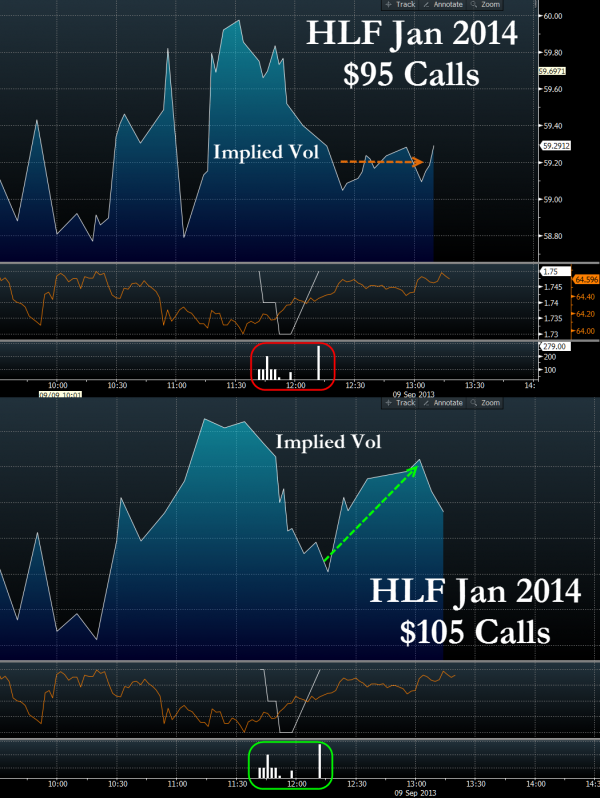Unintended Characteristics of Leveraged and Inverse ETFs CXO Advisory
Post on: 16 Март, 2015 No Comment

The intended characteristics of leveraged and inverse exchange-traded funds (ETF) are obvious. Do they have unintended characteristics that may make them unsuitable for some investors? In their April 2009 paper entitled The Dynamics of Leveraged and Inverse-Exchange Traded Funds. Minder Cheng and Ananth Madhavan investigate the dynamics, market impacts, unusual features and investor suitability of leveraged (2x and 3x long exposure) and inverse (-1x, -2x and -3x short exposure) ETFs. Using daily returns for many leveraged and inverse ETFs, they conclude that:
- For a sample of 84 U.S. equity leveraged and inverse funds as of January 2009:
- Double-leveraged ETFs account for the bulk of interest.
- Bid-ask spreads are reasonably small, but their economic impact is large because of short holding periods.
- Average holding periods are very short for 3x and -3x funds (one or two days) and longest for 2x funds (15 days).
- Institutional holdings are small (under 0.5%).
The following chart, taken from the paper, compares cumulative returns during September 2008 through early March 2009 for UltraShort Oil & Gas ProShares (DUG) and Ultra Oil & Gas ProShares (DIG). designed to generate -2x and 2x the returns of the Dow Jones U.S. Oil & Gas Index on a daily basis. While these two funds are mirror images over short periods (a few days), during this six-month period both ETFs are down substantially. During other six-month periods, the long-term outcomes for these two ETFs relative to the underlying index may be quite different. This example illustrates the path-dependence risk of leveraged and inverse ETFs for long-term investors.
In summary, leveraged and inverse ETFs bear a potentially material path-dependence penalty, and high transaction costs and tax inefficiency for daily fund re-leveraging, that make them unsuitable as long-term holdings. Daily re-leveraging may have a destabilizing effect on the underlying index near the close.
Why not subscribe to our premium content?
It costs less than a single trading commission. Learn more here.














